A quick test shoot
Sometimes it just happens
For the workshops we are always looking for new models, and sometimes you find someone via the net/social media, in a restaurant or in your own studio 😀
Janice as modelling for friends of us and I could not resist to also shoot some images. And guess what… she lives close by so she will probably pop up more regularly during the workshops in 2025.
Workshops are mostly in Dutch but…
We do get a lot of questions about the workshops from people abroad, and we have some great options for you.
First of all if you’re visiting the Netherlands and let us know a few weeks in advance we can switch the regular workshops to English, or you can of course book a special 1:1 workshop with your favourite model. But even when you’re not traveling we have a brand new option for online education.
During the online workshop you are able to see all the setups via 4 mobile cameras in our studio and can interact directly with both me and the model. It’s just like a normal workshop except you can’t shoot yourself. To compensate for this you will receive the RAW files from the images I shoot during the workshop including the retouched versions to compare.
If you are interested in a workshop let us know via [email protected]
For the dutch workshops visit : www.fotografie-workshops.nl
But for now let’s take a look at the images I shot during their session.
Lightsetup is the Geekoto Lantern softbox
Using two ClickBackdrops backgrounds in an angle to create a small set.
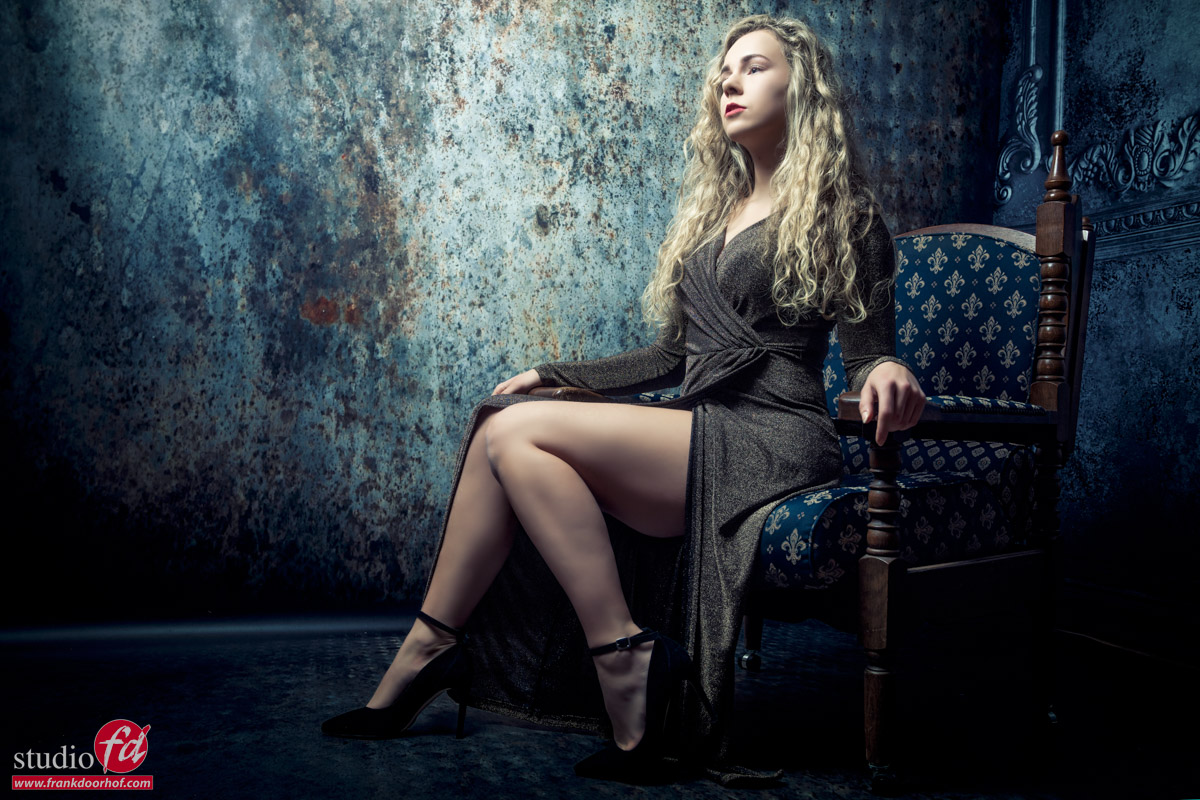
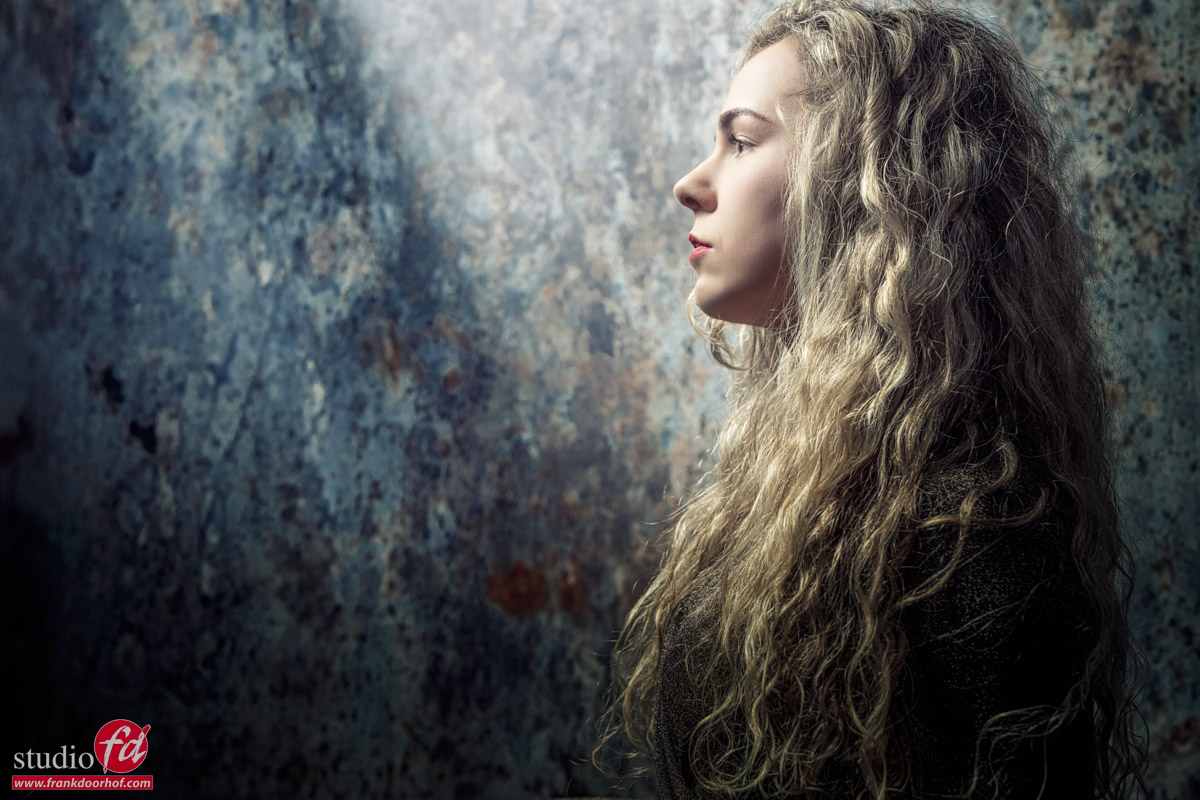
In another set they used the Lindsay Adler projector as main light and a Geekoto GT200 with a blue gel on our Rogue magnetic system to create a nice glow on the background. I didn’t want to take a lot of their time so I just took a few quick shots, and somehow really liked these two.
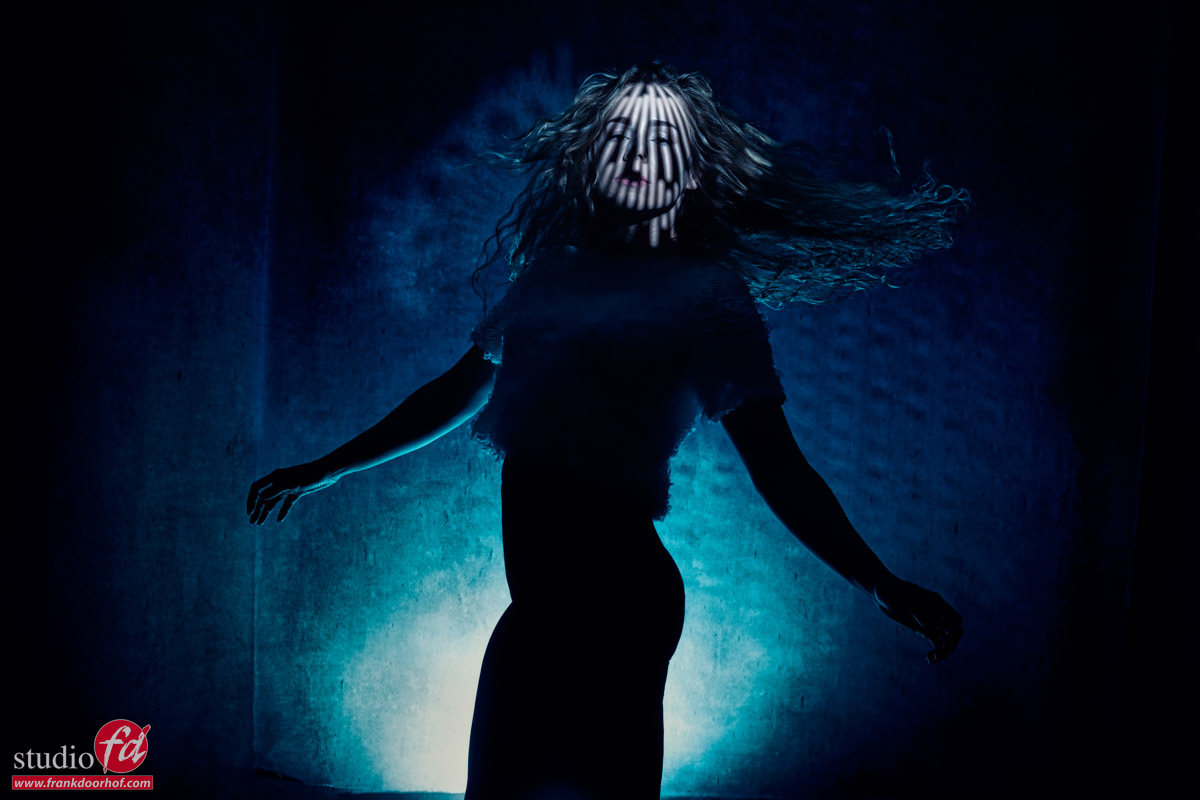
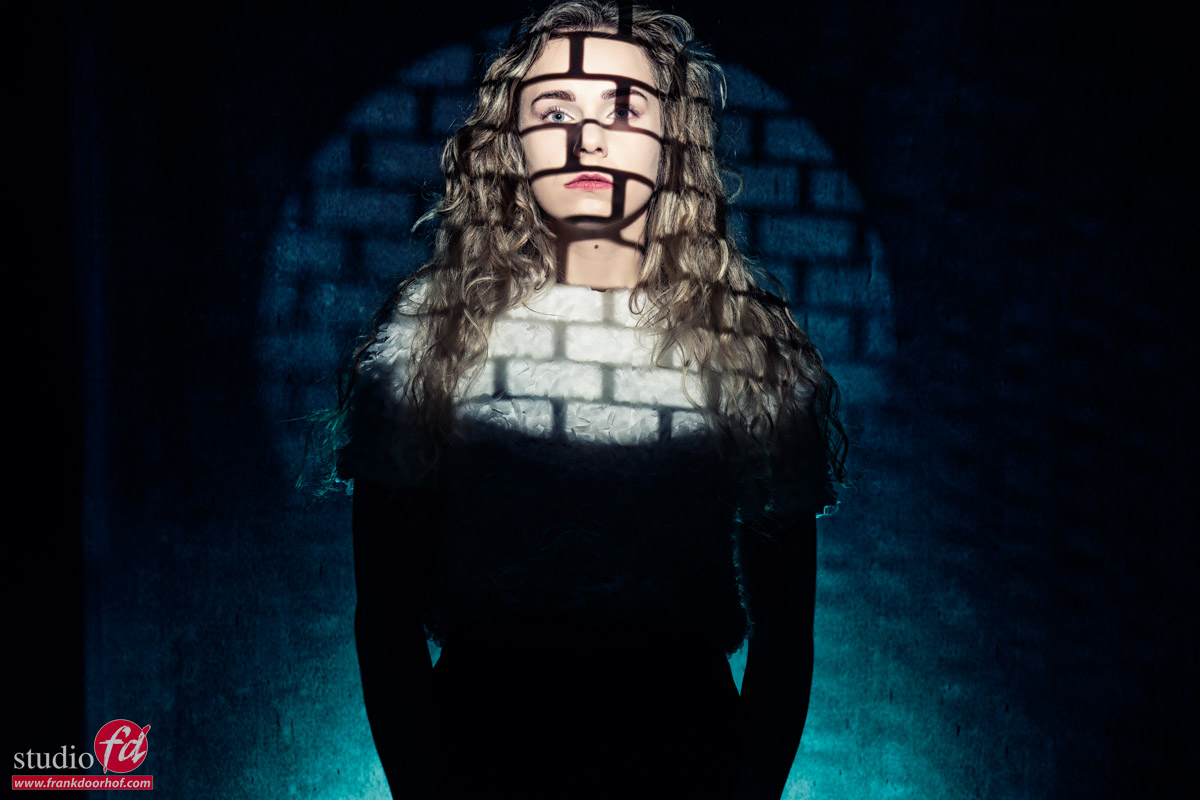


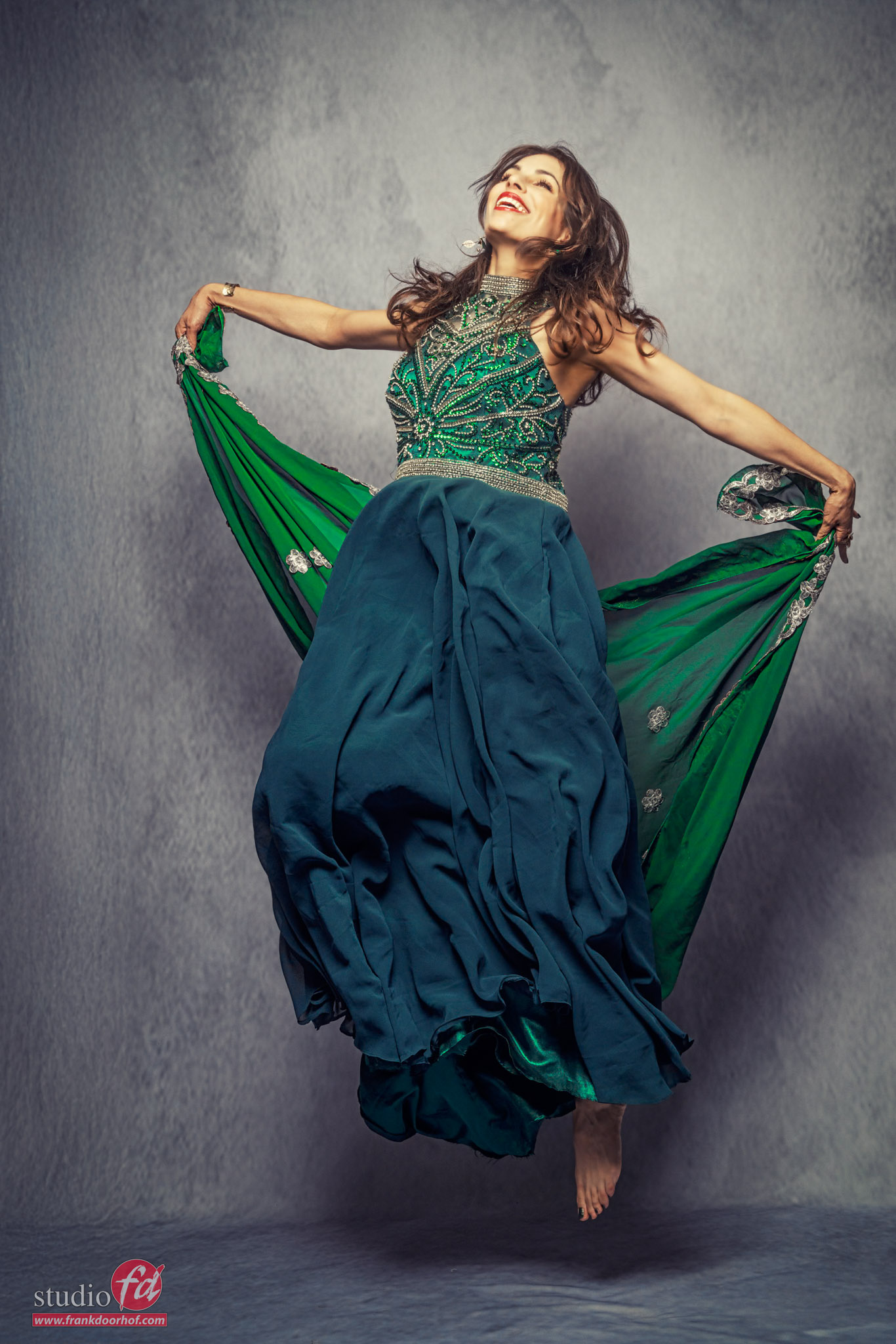
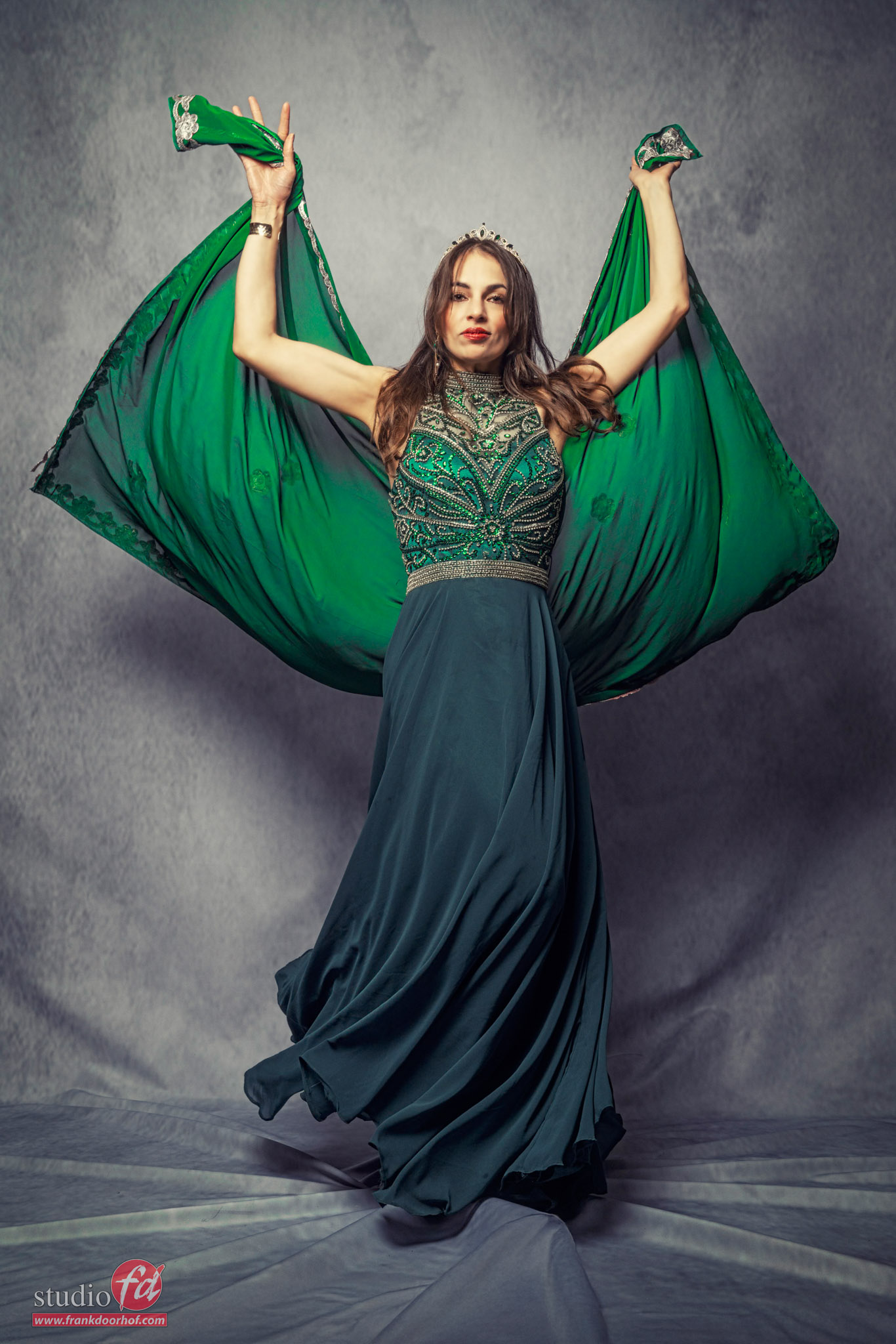
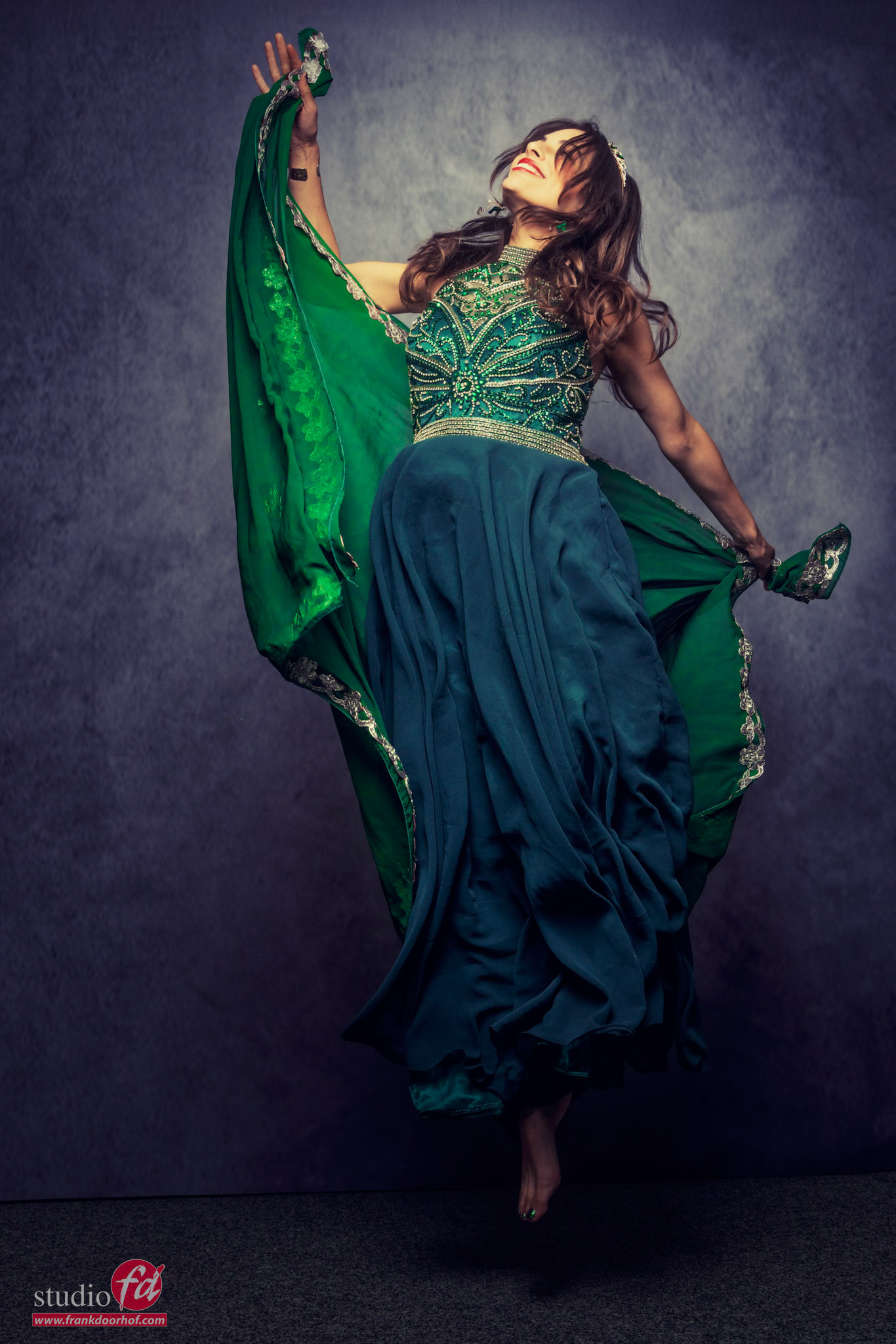
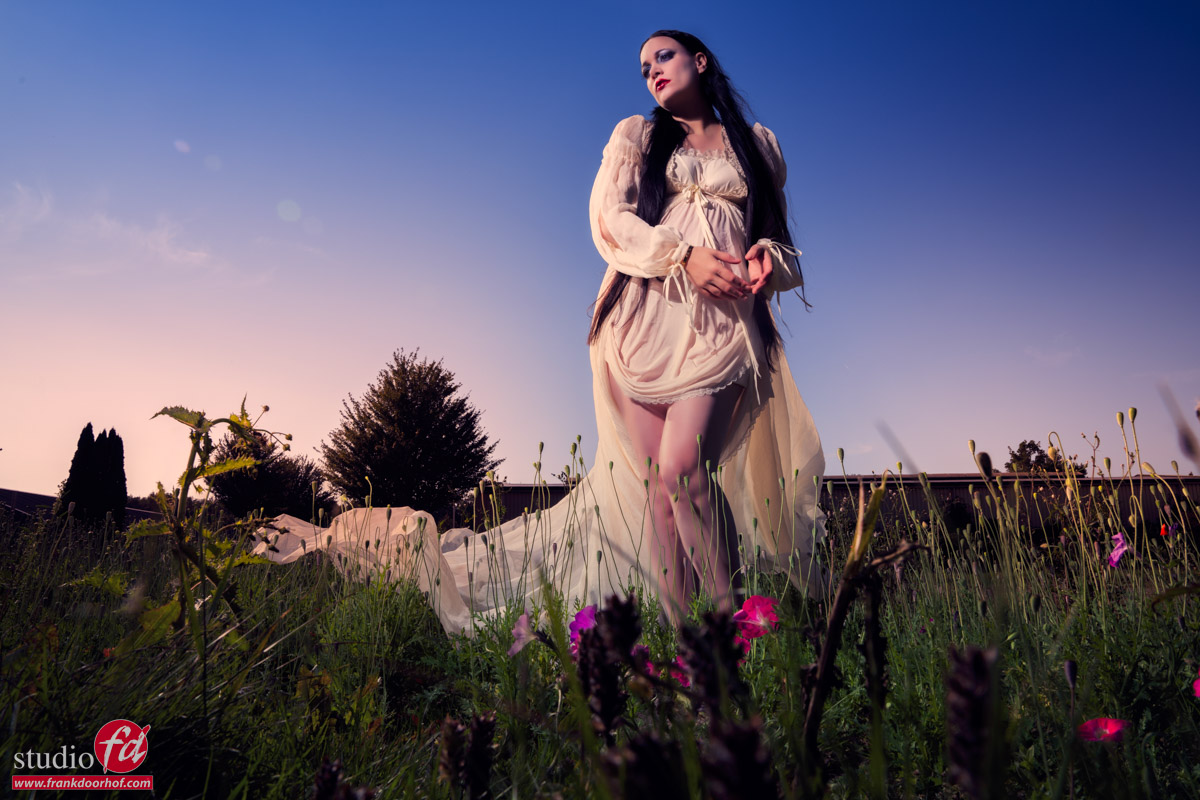
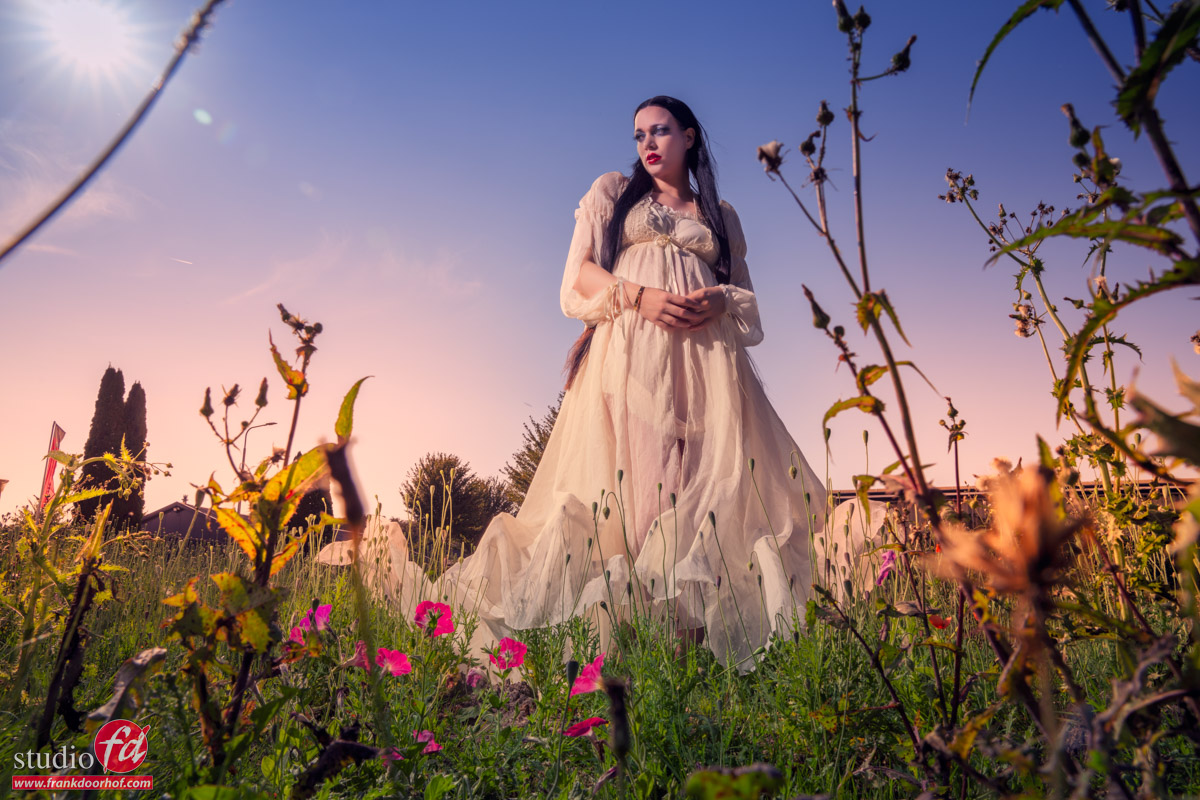
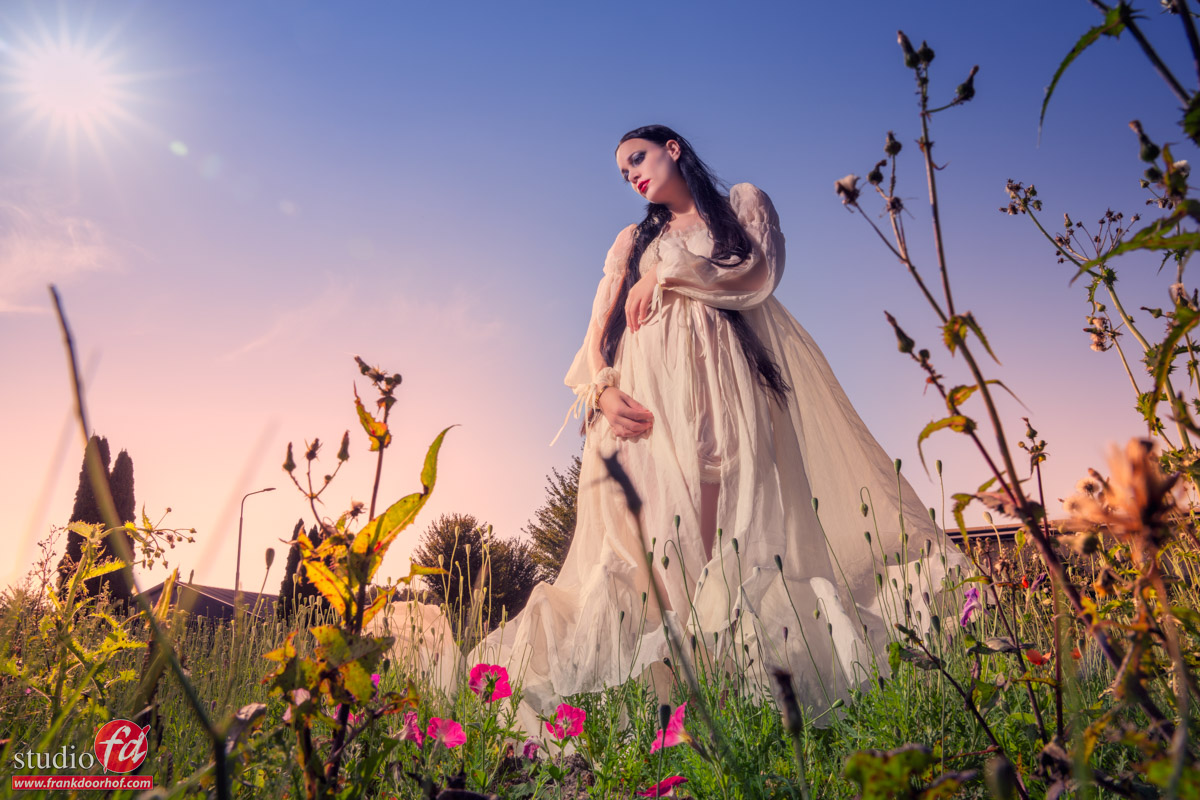
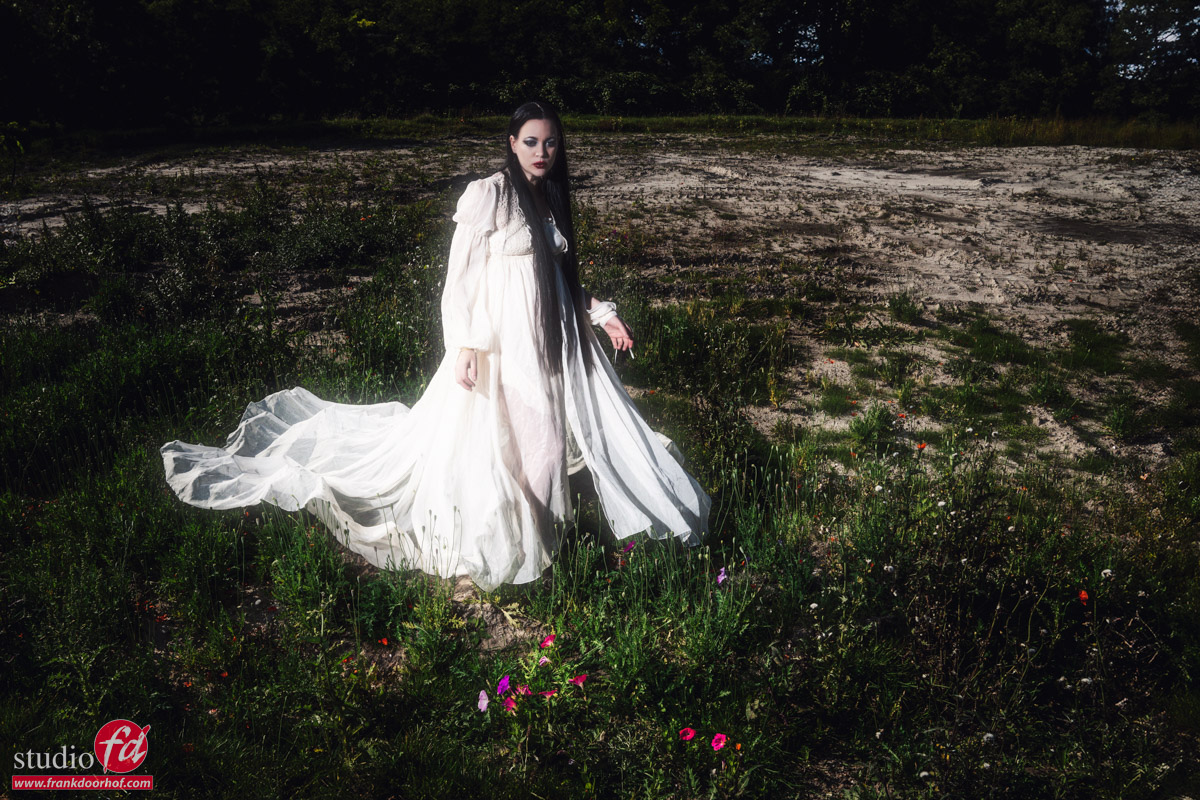
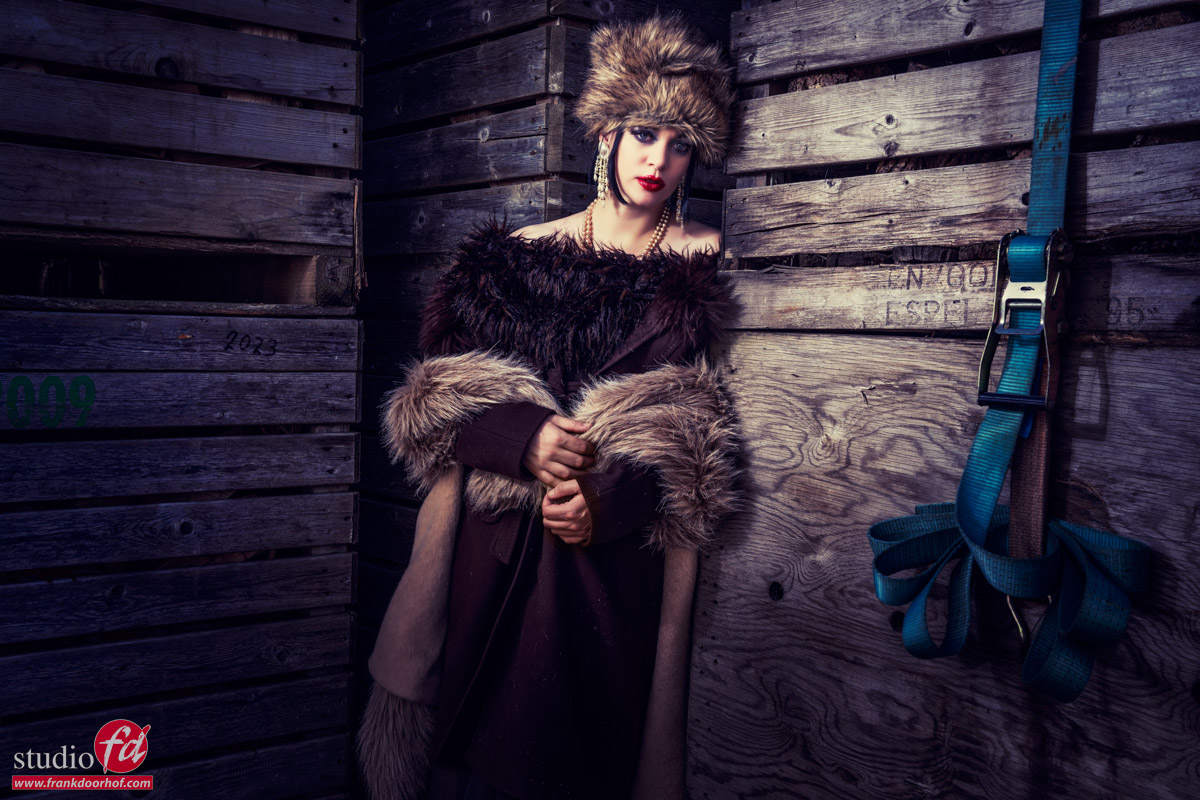
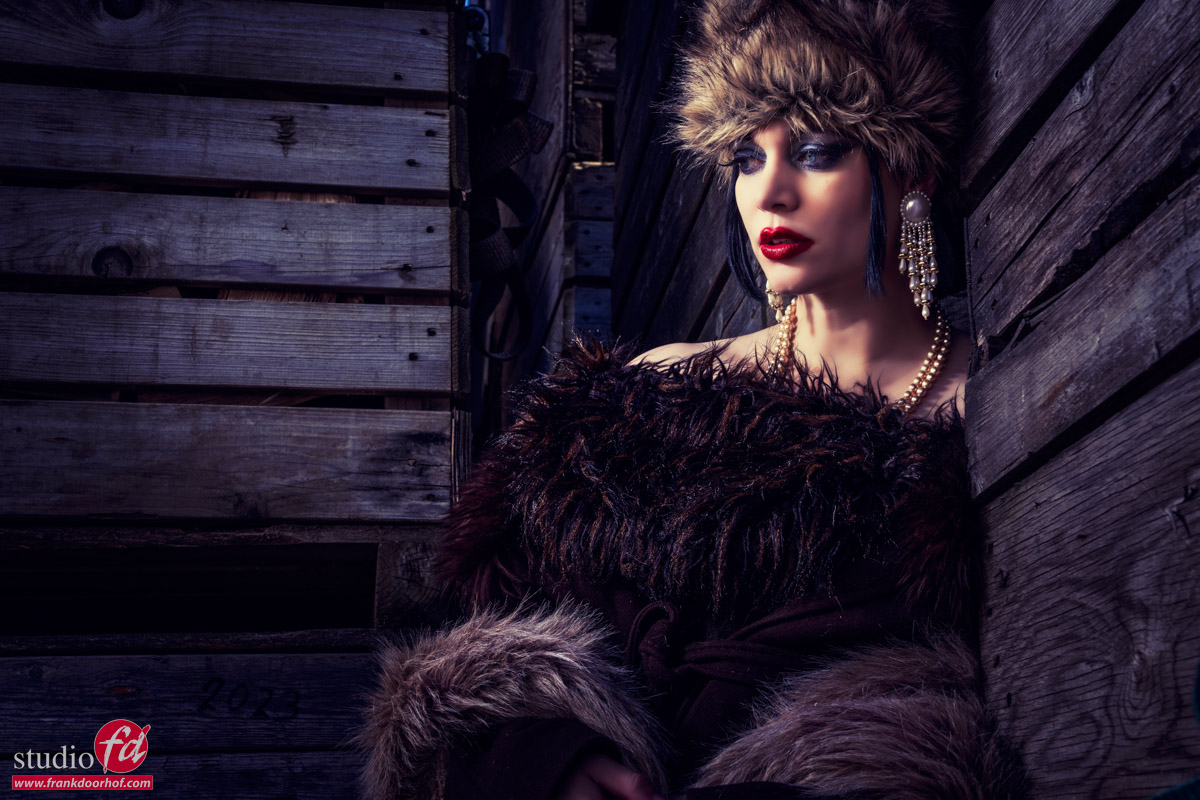
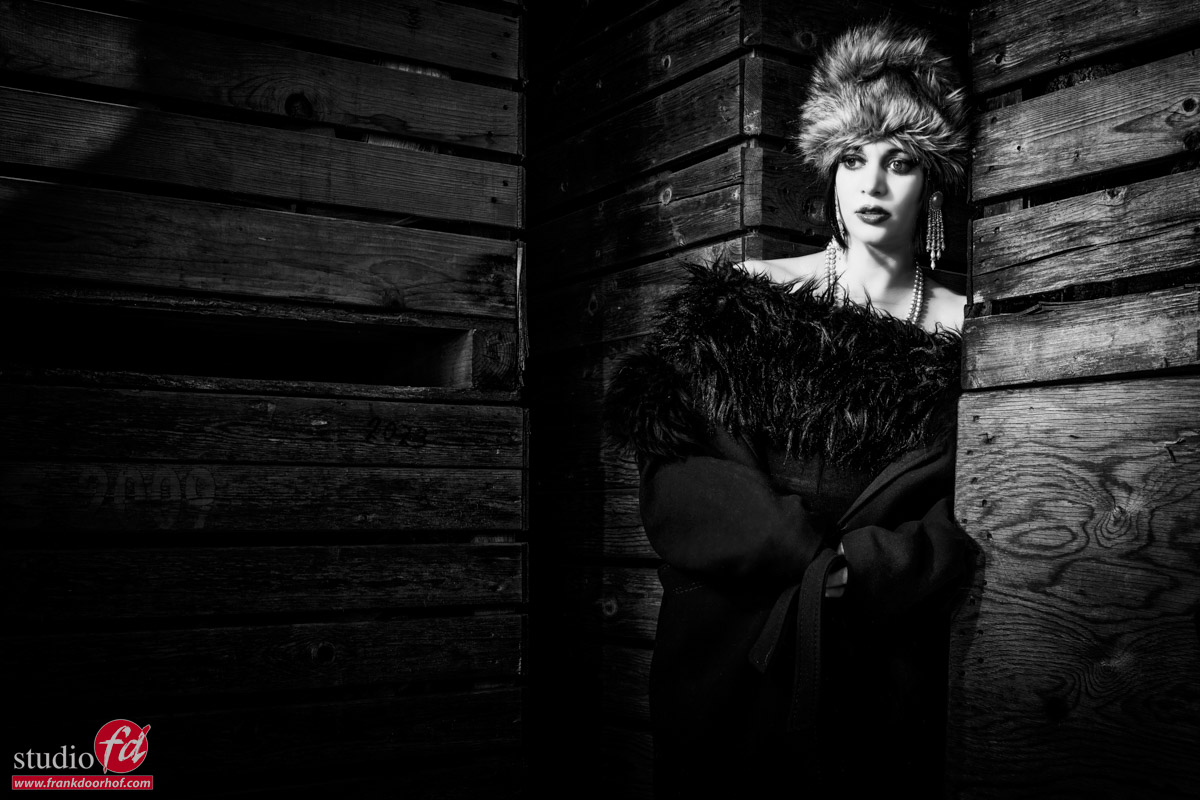
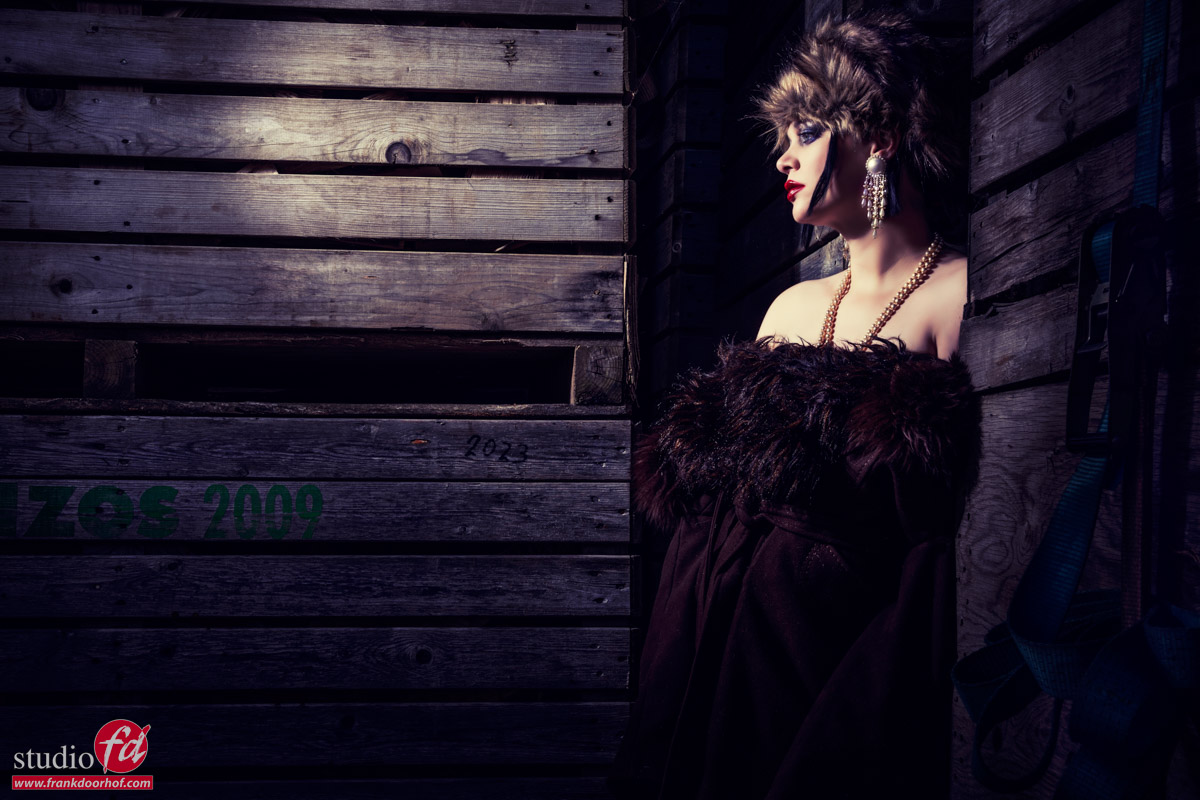
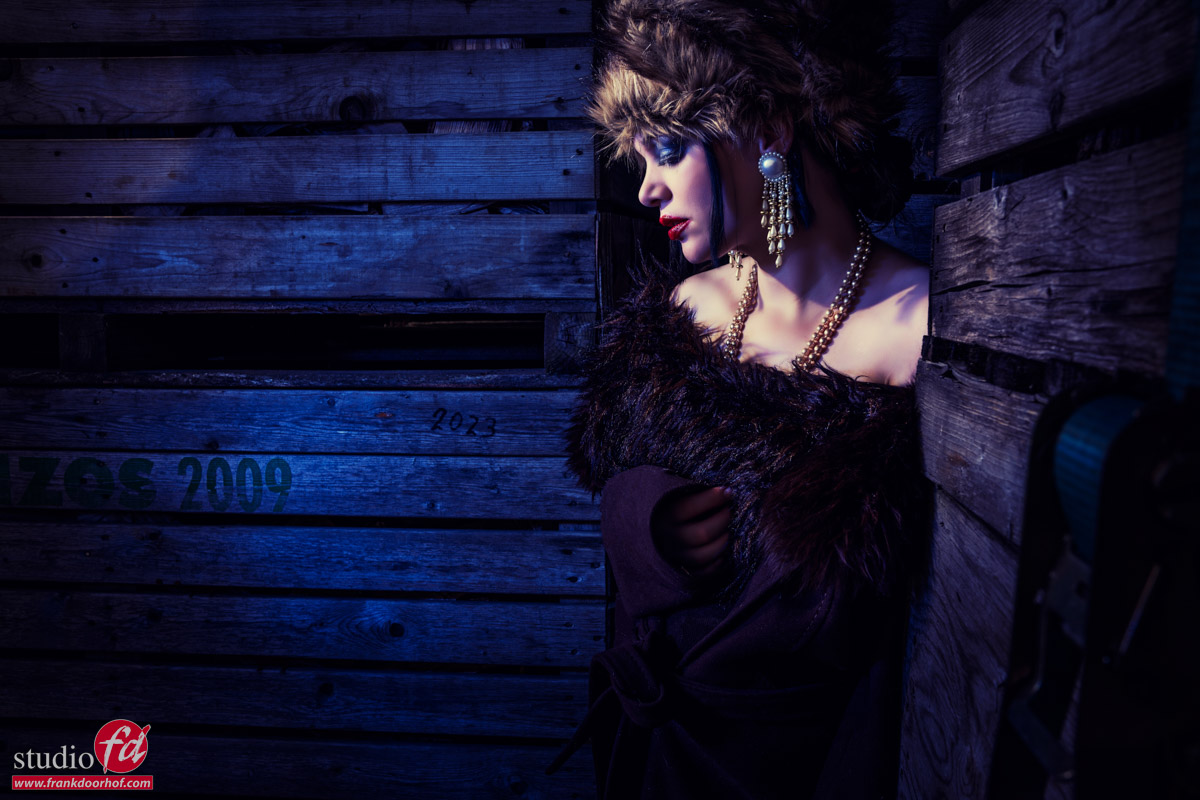

You must be logged in to post a comment.